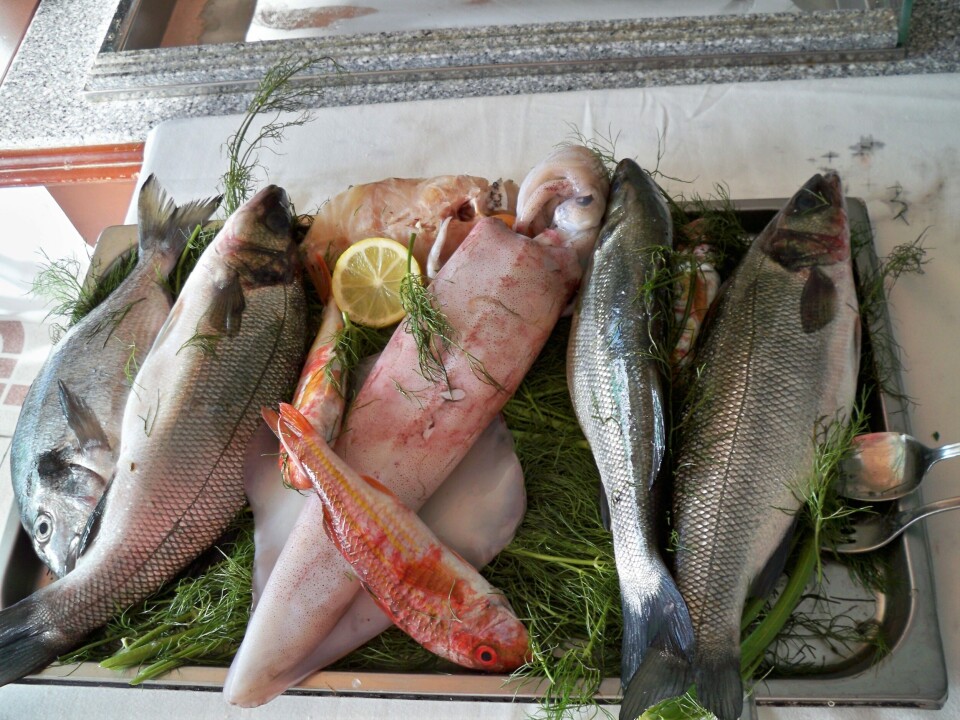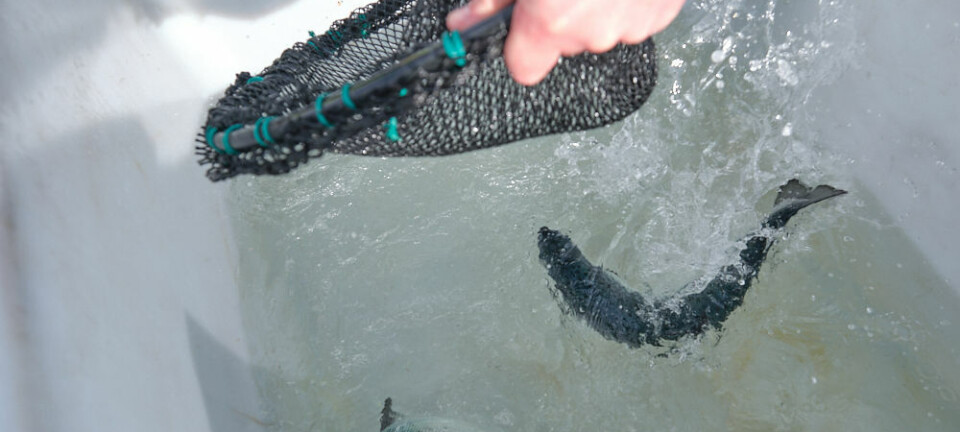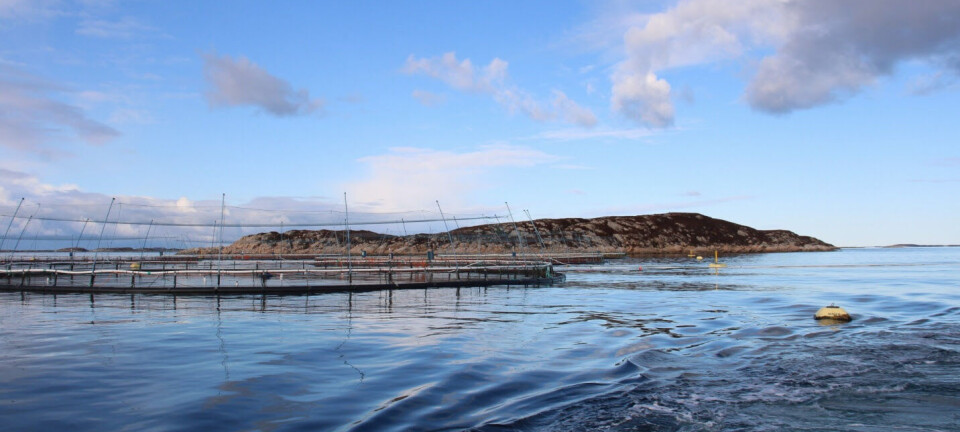
Seafood fraud study suspect
With the headline screaming “Widespread Seafood Fraud Found in New York City”, the authors of this report by Oceana- Kimberly Warner, Ph.D., Walker Timme and Beth Lowell- are sure to grab attention, and in some respects appropriately so. But a strong bias shows up in a number of statements within the report which takes away any credibility among knowledgeable readers- one of the most glaring being the suggestion that; “There are distinct differences between farmed and wild salmon: while farmed salmon is less expensive it also has a different flavor and....”. This opinion- a commonly expressed one among opponents of the conventional salmon farming business- is not only untrue, but it shows the ignorance of facts often found within the popular media and thus also picked up by people in the street.
Farmed salmon is much more expensive than most of the wild salmon produced in North America and elsewhere in the Pacific Ocean. A few niche products like the Copper River Chinook salmon and most ocean-caught Sockeye salmon typically fetch the highest prices of any salmon, but farmed Atlantic salmon will practically always command a higher price than the most numerous of wild salmon- the Pink and Chum variety. And as Oceana makes no mention of different species of wild salmon in their assertion, it also doesn’t link its second statement about the flavour to any specific species of either wild or farmed salmon. Anybody vaguely familiar with the two industries will more than likely agree that there is no significant difference in the flavour of one particular species of salmon- regardless of whether they came from a farm or a fishing boat.
Most of the mistakes reported about mislabelled salmon were fish sold as “wild”, while they were actually “farmed in the wild” Atlantic salmon. An argument could be made that those fish classified as correctly labelled “wild” salmon could just as well have been produced by a hatchery somewhere in the United States or Canada, and intentionally released into “the wild” after a certain period of feeding and nurturing by the same methods used in a typical salmon farm.
The Oceana report also makes a big deal about “100 percent of the 16 sushi bars tested sold mislabelled fish”, while actually six of the 25 samples purchased from these outlets were correctly labelled. The erroneously labelled products were mostly escobar sold as white tuna. In its Executive Summary, the Oceana report states that; “Everywhere seafood is tested, fraud has been found. In fact, Oceana and others recently found shocking levels of mislabelling in the Boston (48 percent), Los Angeles (55 percent) and Miami (31 percent) areas. In 2012, Oceana also investigated seafood mislabelling in the New York City area as part of its Campaign to Stop Seafood Fraud. Despite frequent reporting on the issue for more than 20 years, Oceana found that 39 percent of the 142 seafood samples collected and DNA tested from grocery stores, restaurants and sushi venues were mislabelled, according to the United States Food and Drug Administration (FDA) guidelines”.























































